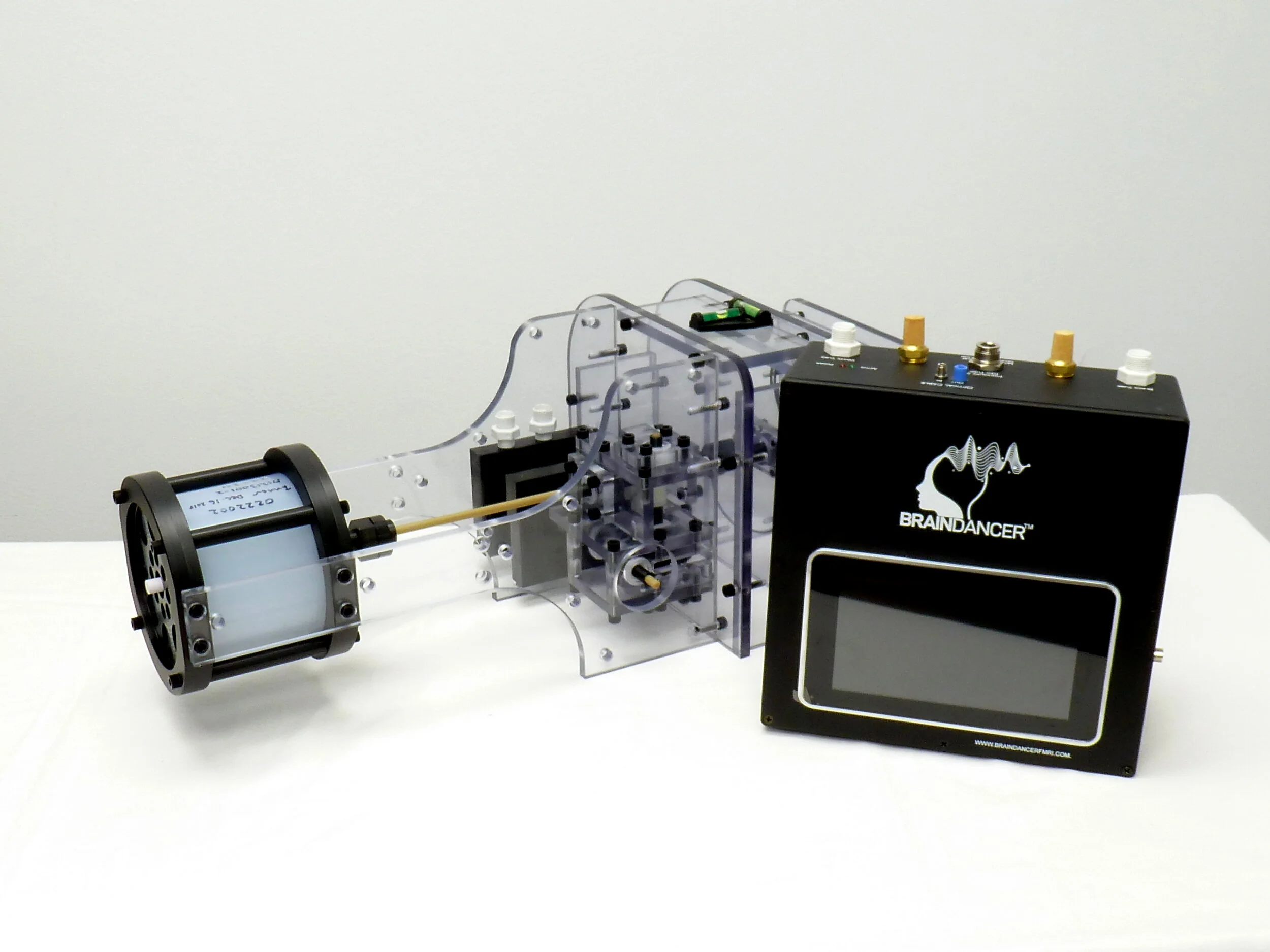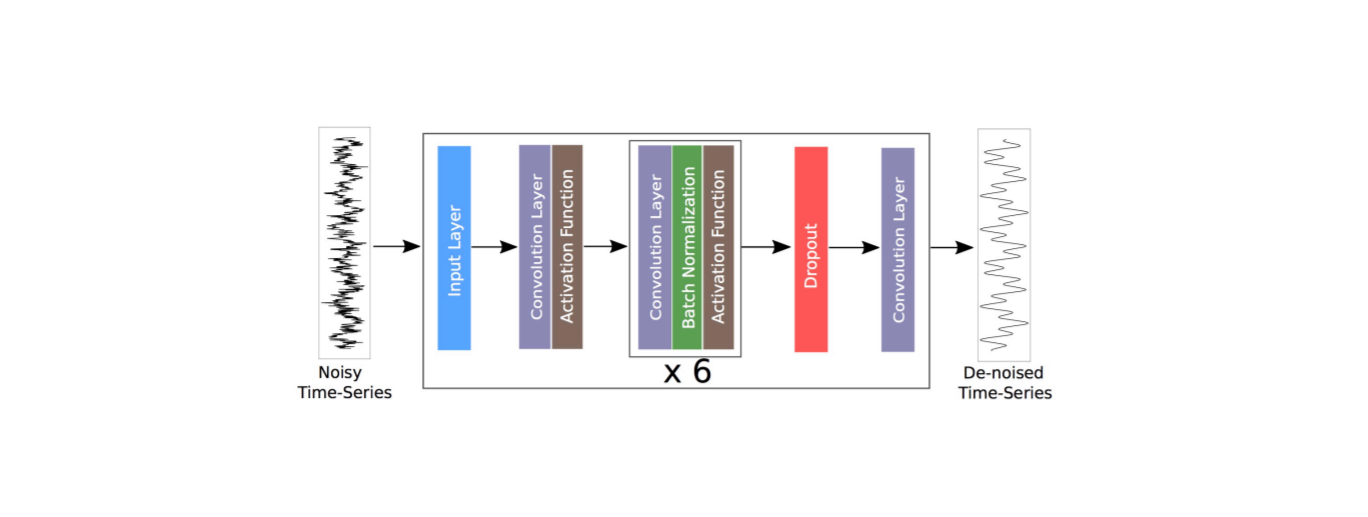
BrainDancer(TM)
Our patent-pending dynamic phantom can provide, for the first time, a “ground truth” for the fMRI signal. This can be used to rigorously estimate and correct for scanner-induced distortion of time-series dynamics (“dynamic fidelity”). Applications include increasing SNR for clinical imaging, normalization across sites for multi-site studies, and improved integration of fMRI time-series with computational modeling.

Predicting infection and detecting illness using Oura rings
Using biometric sensors, we are monitoring and analyzing data from the human body, in order to understand how the immune system functions in response to infection.

Improving De-noising Methods for Stochastic Differential Equations
We are developing algorithms to ‘unmix’ the noise in stochastic signals, so as to clean the signal in situations where we have no known ground truth.

Ground-truth resting-state signal provides data-driven estimation and correction for scanner distortion of fMRI time-series dynamics
We developed a series of state - of - the - art algorithms to intelligently denoise resting state fMRI data.
